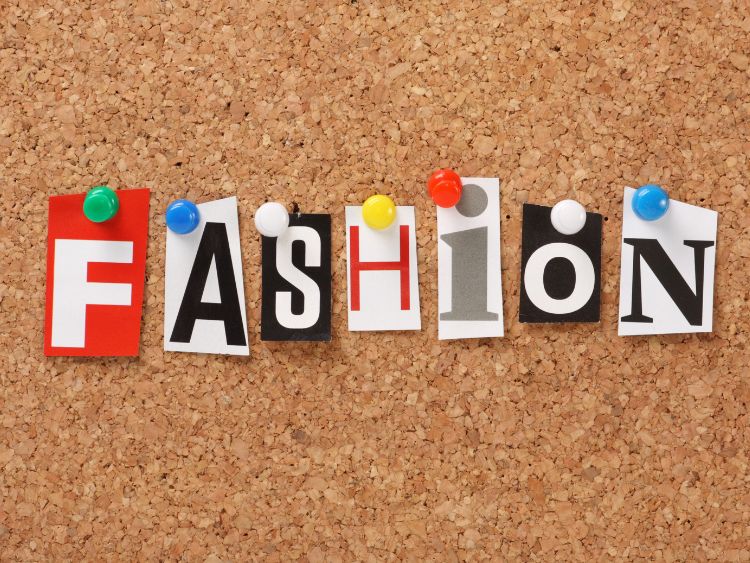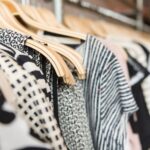Why Was Roaring 20s Fashion So Iconic?
Ah, the Roaring 20s! A time of jazz, speakeasies, and unparalleled glamour. The post-World War I era sparked a revolution in style, with fashion becoming a form of rebellion, expression, and art. The decade brought dramatic transformations, ditching restrictive Victorian attire for bold, innovative designs. From sequined flapper dresses to tailored three-piece suits, the 1920s fashion scene was nothing short of legendary.
But what made roaring 20s fashion so iconic? It wasn’t just the clothes—it was the attitude. People dressed to celebrate newfound freedom, wealth, and modernity. Let’s dive into the trends that shaped this unforgettable era.
The Key Features of Roaring 20s Fashion
The fashion of the 1920s was a visual reflection of the cultural shift happening worldwide. Here are the defining elements:
1. Flapper Dresses: The Epitome of 1920s Glam
- Features: Short hemlines, fringe detailing, sequins, and beads.
- Purpose: Designed for movement, these dresses were perfect for dancing the Charleston at lively jazz clubs.
- Fabrics: Silk, satin, and chiffon were common, creating fluid and elegant silhouettes.
2. Dropped Waistlines
- Unlike the tight corseted waists of earlier decades, roaring 20s fashion embraced looser fits with dropped waists. This style symbolized liberation and a break from tradition.
3. Bold Accessories
- Headpieces: Cloche hats, feathered headbands, and jeweled tiaras were all the rage.
- Jewelry: Long pearl necklaces and art deco-inspired bracelets added a touch of sophistication.
- Shoes: T-strap heels and Mary Janes were must-haves for every flapper girl.
4. Dapper Menswear
- Men’s fashion wasn’t left behind. The 1920s saw the rise of tailored three-piece suits, often paired with pocket watches and fedoras.
- Casual wear like plus-fours (baggy knickers) became popular among the elite.
The Cultural Influence on 1920s Fashion
Fashion isn’t created in a vacuum—it’s shaped by the world around it. During the 1920s, several cultural and historical factors influenced what people wore:
1. The Jazz Age
Jazz wasn’t just music; it was a lifestyle. With its upbeat tempo and improvisational flair, jazz inspired the lively, extravagant designs of roaring 20s fashion.
2. Prohibition and Speakeasies
The Prohibition era (1920–1933) gave rise to underground bars called speakeasies. These venues were hotspots for glamorous fashion, as patrons dressed to impress while sipping illicit cocktails.
3. Hollywood’s Golden Age
Silent films brought screen icons like Clara Bow and Rudolph Valentino into the spotlight. Their style influenced everyday fashion, turning movie-goers into trendsetters.
Breaking Down Women’s Roaring 20s Fashion
The 1920s marked a radical shift for women’s clothing. Gone were the corsets and heavy gowns of the Edwardian era, replaced by bold and daring choices.
1. The Little Black Dress
Coco Chanel revolutionized fashion with the invention of the little black dress (LBD). It was simple, elegant, and versatile—a staple that’s still popular today.
2. Daywear
Women embraced practical yet stylish outfits for daytime activities. Drop-waist dresses with minimal embellishments were common, often paired with a cloche hat.
3. Outerwear
Fur-trimmed coats and shawls were essential for chilly evenings, adding a touch of luxury to any ensemble.
Breaking Down Men’s Roaring 20s Fashion
Men’s fashion in the roaring 20s was just as transformative. It introduced relaxed yet refined styles that still influence menswear today.
1. The Gatsby Look
- Inspired by F. Scott Fitzgerald’s The Great Gatsby, this style featured double-breasted suits, bow ties, and pocket squares.
2. Sportswear
- Plus-fours and argyle sweaters became symbols of wealth and leisure, perfect for golf or casual outings.
3. Hats
- Fedoras, newsboy caps, and straw boater hats completed any gentleman’s look.
Fashion Icons of the 1920s
The roaring 20s gave rise to several fashion icons who defined the decade:
- Clara Bow: The “It Girl” known for her flapper style and bob haircut.
- Josephine Baker: A trailblazing entertainer whose daring outfits turned heads.
- Prince Edward, Duke of Windsor: A trendsetter in men’s fashion, popularizing softer suit cuts and colorful ties.
How to Incorporate Roaring 20s Fashion Today
Want to channel your inner flapper or dapper gent? Here’s how to bring roaring 20s fashion into the modern era:
- Flapper-Inspired Dresses: Look for dresses with fringe or beaded detailing for parties or special events.
- Art Deco Accessories: Statement jewelry, like geometric earrings or a bold necklace, can elevate any outfit.
- Men’s Tailored Suits: Opt for slim-fit suits with vintage-inspired details like peak lapels.
FAQs About Roaring 20s Fashion
Q: Why is 1920s fashion still popular today?
A: The roaring 20s marked a shift toward freedom and individuality, values that resonate even now. Plus, the timeless elegance of flapper dresses and tailored suits never goes out of style.
Q: What was the most iconic accessory of the 1920s?
A: Long pearl necklaces were a signature accessory for women, while men often sported fedoras.
Q: How did roaring 20s fashion reflect societal changes?
A: The bold styles mirrored the era’s progressive attitudes, including women’s suffrage, economic prosperity, and cultural innovation.
Conclusion: The Legacy of Roaring 20s Fashion
Roaring 20s fashion wasn’t just about clothes—it was about attitude. It embodied a spirit of freedom, celebration, and rebellion that defined the Jazz Age. From glittering flapper dresses to sleek menswear, the styles of the 1920s continue to inspire designers and captivate fashion lovers worldwide.
Authoritative Links
- https://www.metmuseum.org/toah/hd/afas20/hd_afas20.htm
- https://www.vogue.com/article/history-of-the-flapper
- https://fashionhistory.fitnyc.edu/1920-1929/



